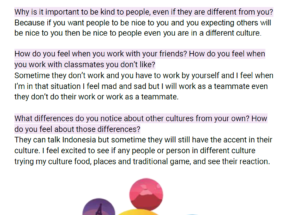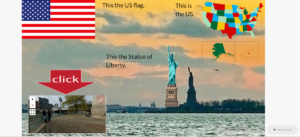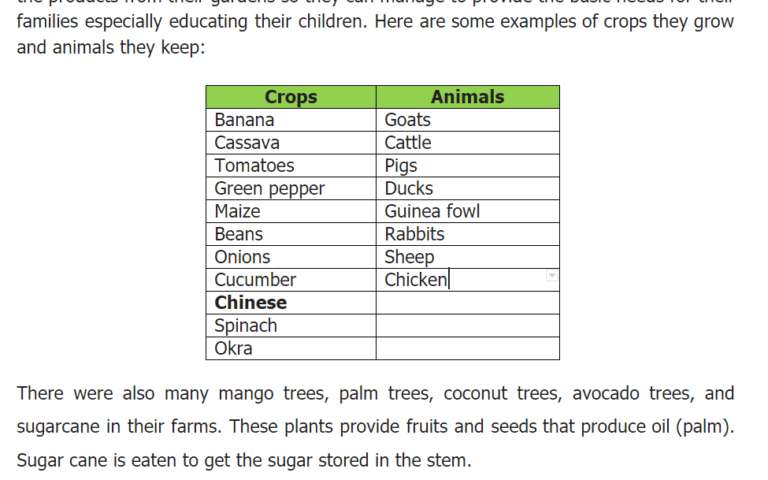Students from the USA and Indonesia shared about aspects of their cultures and personal interests using asynchronous technology to bridge time gaps and differences. Even with a 12-hour time difference, there was no stopping each classroom to get acquainted and start sharing about their lives and the countries they live in.
The students, ages 9-12 years, expressed great interest in learning about their partner’s region of the world. A seven-week exchange was planned for both classes to discuss culture, and how technology and applications shape what the students find interesting and easy to use. Flipgrid and Buncee were introduced as a means to manage the asynchronous nature of the relationship.

During the first week of the exchange, students introduced themselves and asked their new friends some interesting questions too. Students were eager to learn their friend’s age, the grade they were in and about their family life. As students became acquainted with each other in the first week, the second week allowed students to explore multimedia applications. Teachers gave students a prompt, “What applications do you use and why?”, answered via video on Flipgrid. Each classroom answered the question and then watched a friend’s video and made comments. During this activity, students from both countries learned about the similarities and differences through video dialogue. YouTube, Snapchat, Facebook and Instagram were the top favorites and they enjoyed the same type of music, video games, movies, technology and enjoyed the same activities. Students discovered that although they may be exposed to the same kinds of technology to use in their daily life, access, interests and usage can differ.
Week four students were focusing and reflecting on the Social, Emotional, Cultural, Academic learning (SECAL) questions and provided answers that were common and also quite interesting. One student answered the question “ What differences do you notice about other cultures from your own and how do you feel about those differences?” The student answered “Sometimes I felt I want to be in one of those cultures.”

After reflecting on the SECAL questions, students began to notice the differences amongst each other which sparked great topics of discussion. Students were so eager to learn about their friend’s celebrations and traditions that they asked the students to create an infographic or poster to describe their country, culture, and family traditions. Ramadan, during the ninth month in Indonesia and around the world, people fast to understand and observe those who go hungry. “We fast to feel how the poor people feel,” a student from Indonesia described. With students in the USA who are not familiar with Ramadan and were eager to learn the foods and traditions of Indonesia, asked to share recipes and the history of their own country. Buncee, a website to create infographics and posters was used to tell their stories. One student in New York made an infographic that included the popular places in the United States such as New York, Nevada, and Arizona. While other students shared their own knowledge about the United States with videos, pictures and general facts. Students from both countries also used general writing and graphic tools to create their presentations and shared their creations via email.


As the exchange wrapped up in week seven, students were eager to stay connected and some students exchanged Snapchat ID’s. Both classes enjoyed the experience of sharing their own voices and learning about each other and look forward to another experience in the near future.



